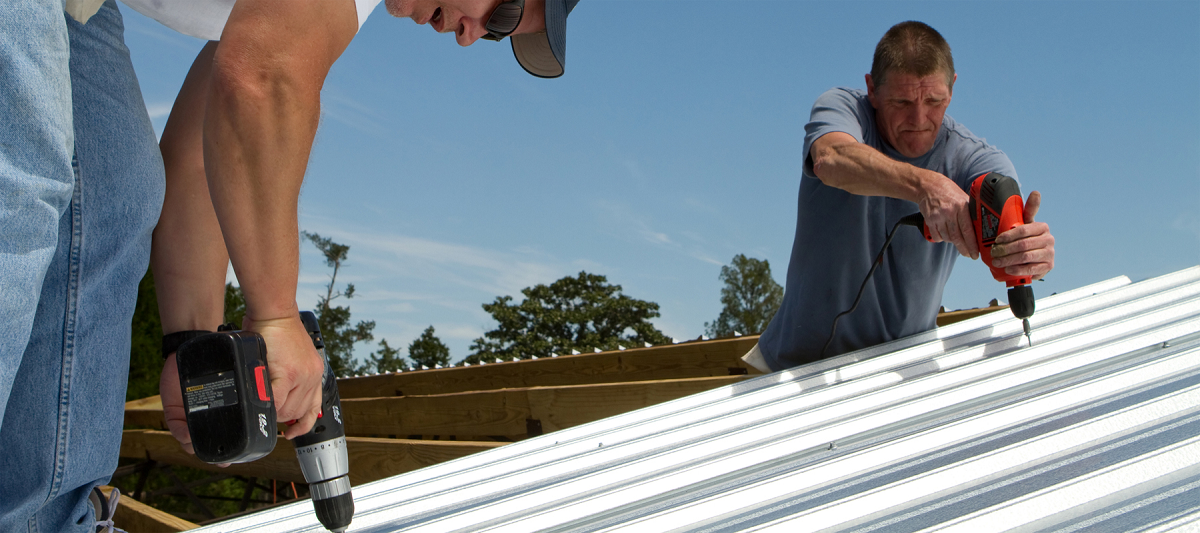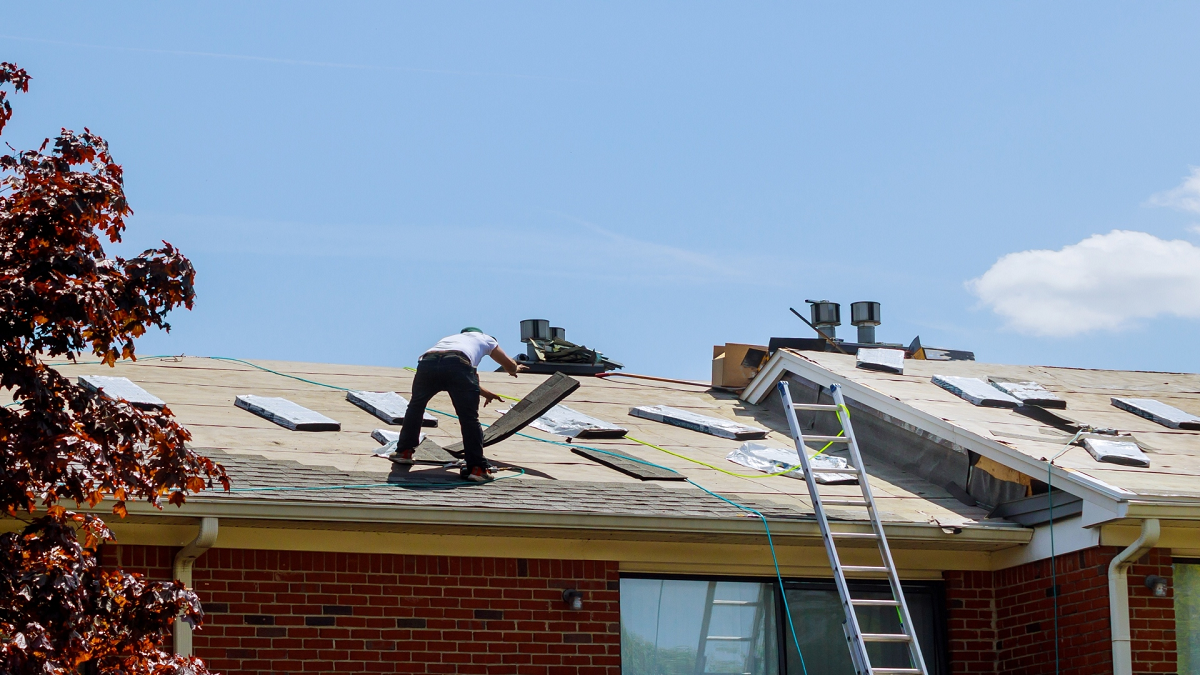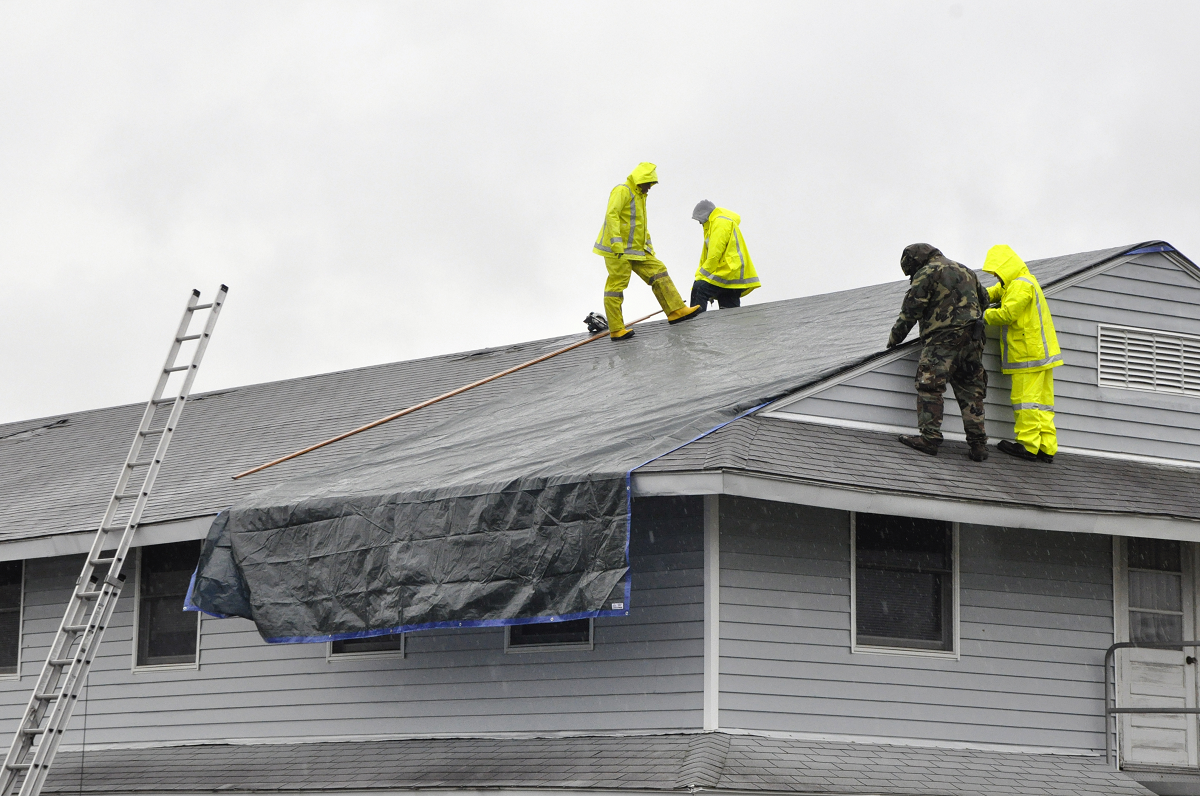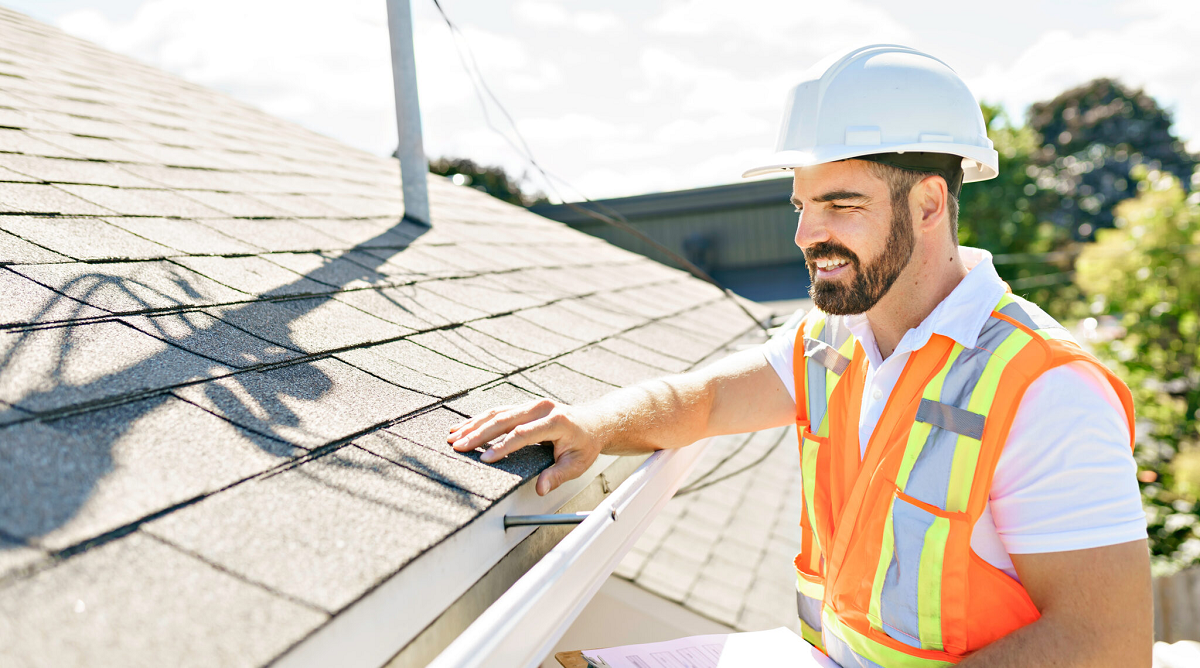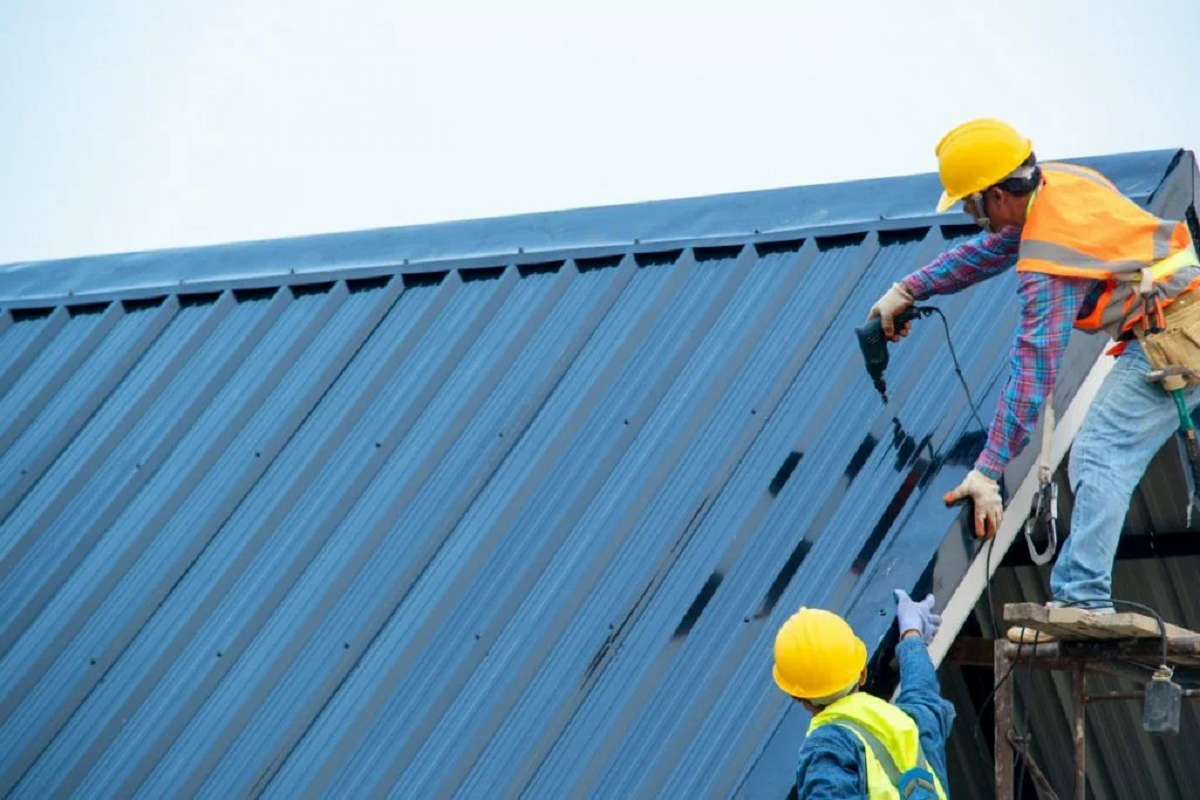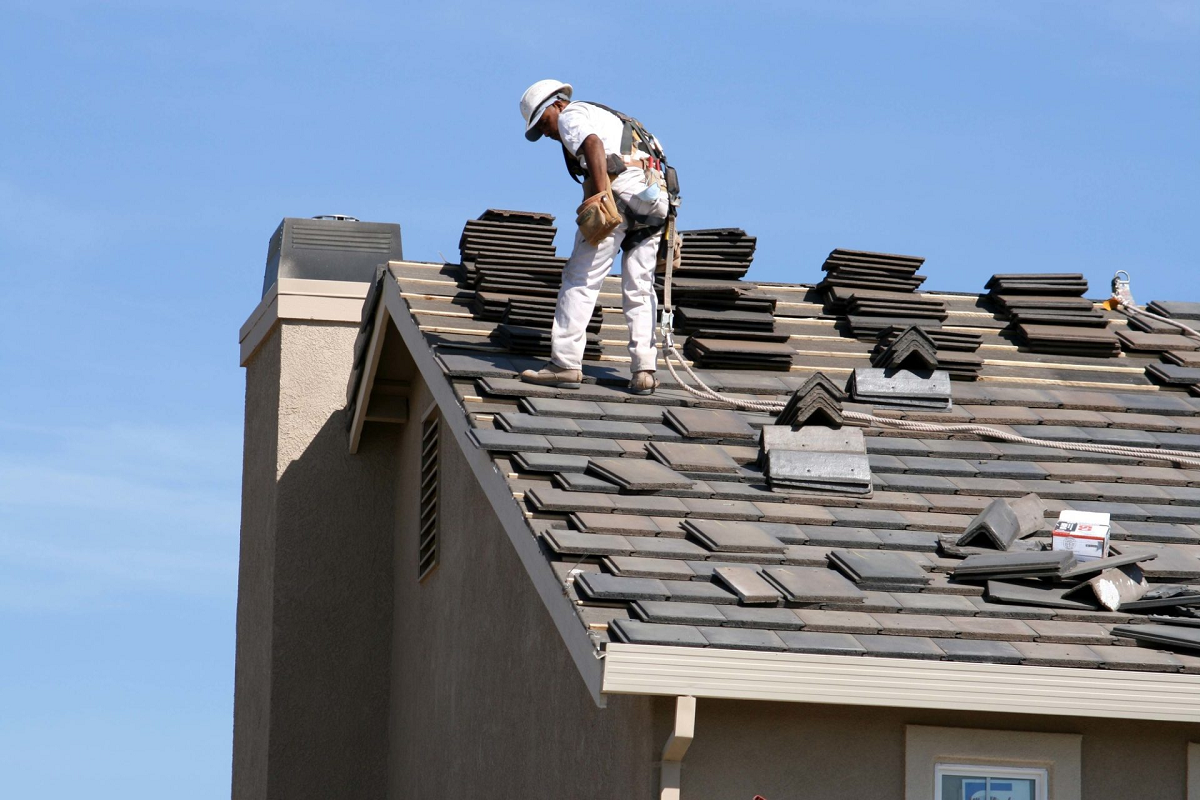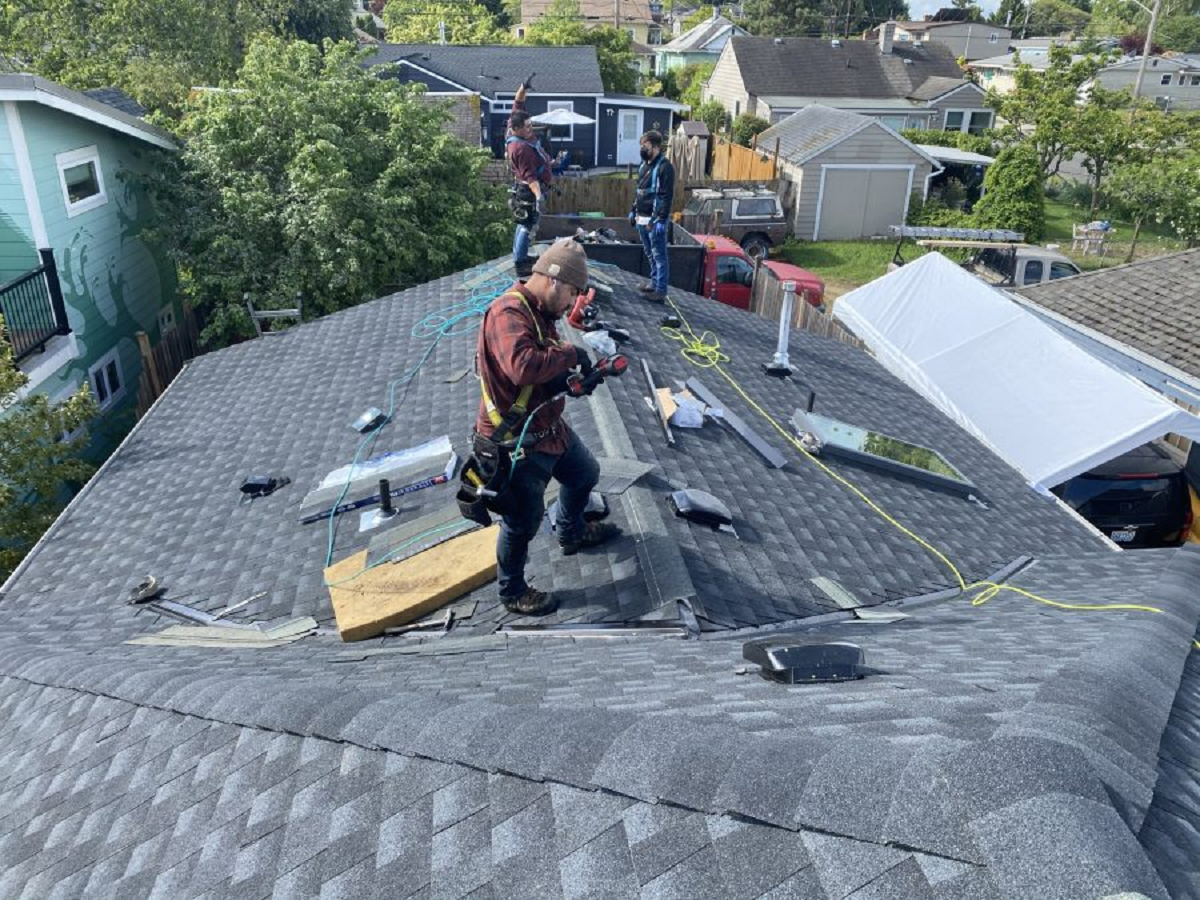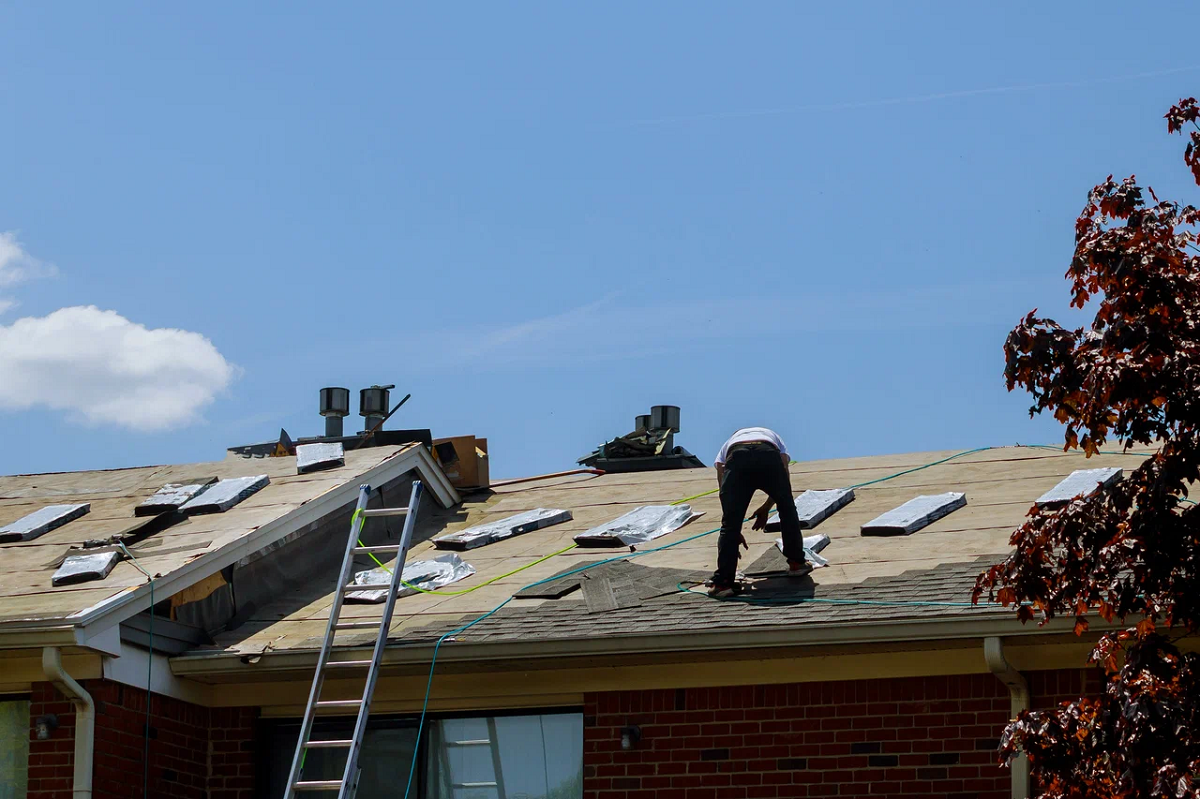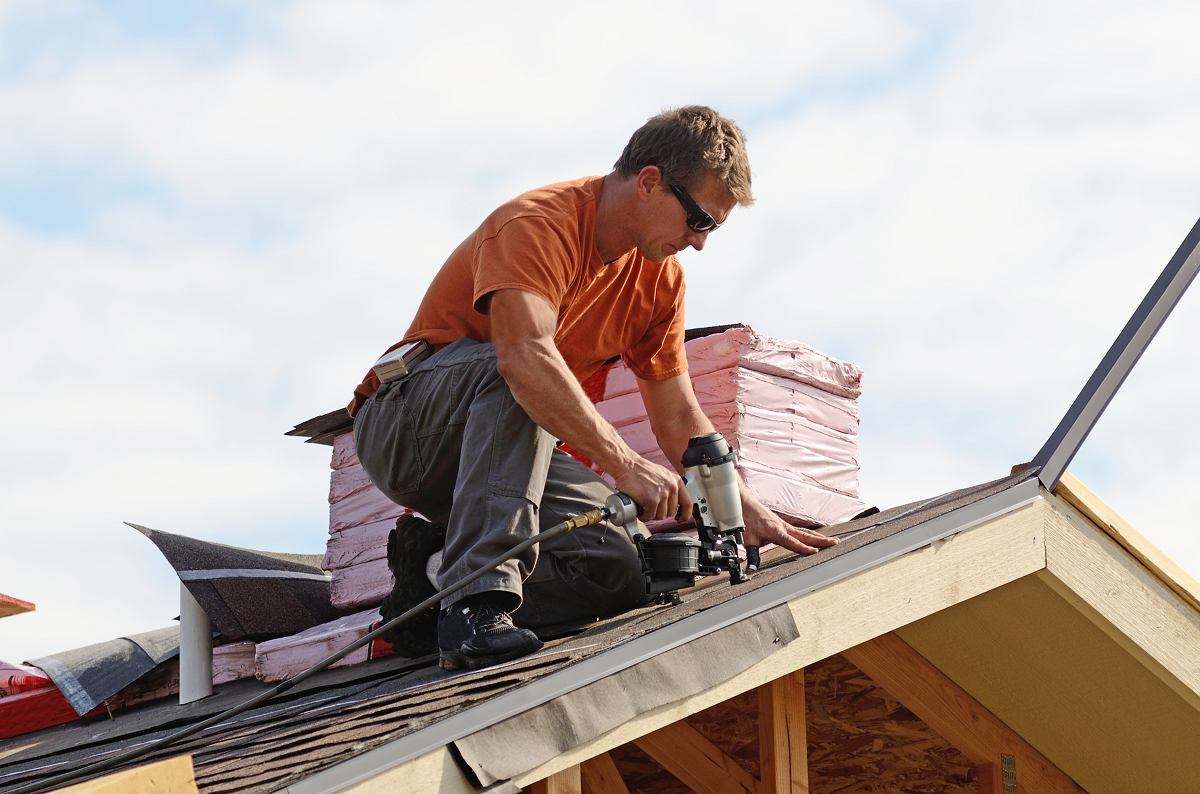Navigating Residential Roofing Materials: A Primer
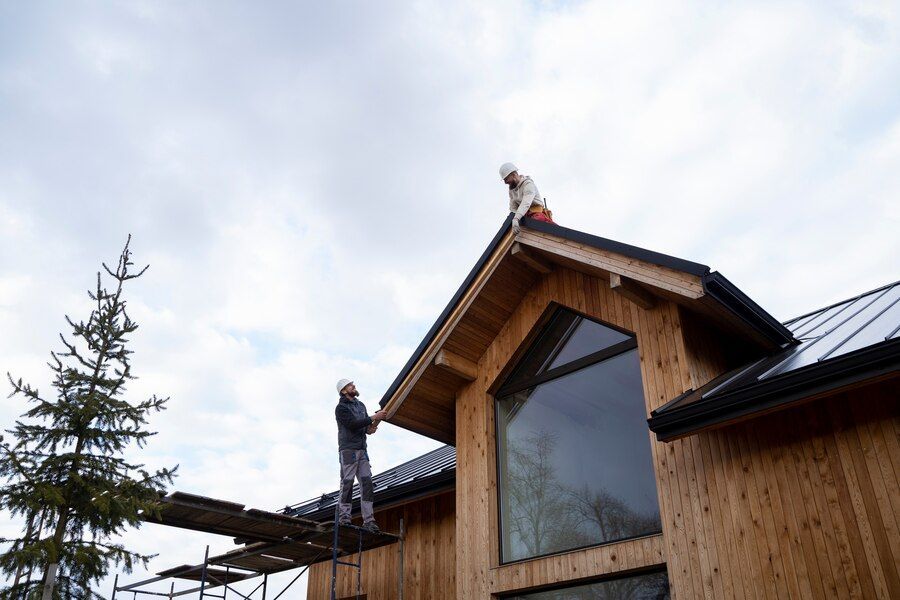
Navigating the world of residential roofing materials can be akin to venturing through a maze without a map. With an array of options available, from traditional asphalt shingles to eco-friendly alternatives like metal or clay tiles, homeowners are often left puzzled about where to begin.
The roof, a critical component of any home, not only shields against the elements but also contributes significantly to its aesthetic appeal and energy efficiency. Understanding the characteristics, benefits, and drawbacks of different roofing materials is paramount for making informed decisions.
Factors such as climate, budget, durability, and maintenance requirements all play pivotal roles in selecting the most suitable option. In this primer, we delve into the diverse landscape of residential roofing materials, offering insights to help homeowners navigate through the maze and ultimately choose the perfect roofing solution for their needs.
Understanding Roofing Material Types
Understanding the diversity of roofing materials is essential for homeowners. From cost-effective asphalt shingles to luxurious slate or cedar shakes, each option boasts distinct advantages and disadvantages.
Metal roofing provides durability and weather resistance, while clay and concrete tiles offer elegance and longevity. By grasping the characteristics of each material and considering factors like budget and climate, homeowners can confidently choose the roofing solution that best suits their needs and preferences.
Assessing Climate Compatibility
Assessing climate compatibility is a crucial step in selecting the right roofing material for your home. Different regions experience varying weather patterns, and choosing a material that can withstand local climatic conditions is essential to ensure the longevity and effectiveness of your roof.
- Weather extremes: Determine if your area experiences high winds, heavy rainfall, snowstorms, or extreme heat, as these factors can impact the performance of roofing materials.
- Temperature fluctuations: Consider the temperature range in your region throughout the year, as certain materials may expand and contract with temperature changes, leading to potential damage.
- Humidity levels: Evaluate the humidity levels in your area, as high humidity can accelerate the growth of mold, algae, and moss on certain roofing materials.
- Resistance to weathering: Look for roofing materials that offer resistance to UV radiation, thermal cycling, and other environmental stressors prevalent in your climate.
- Local building codes: Check local building codes and regulations to ensure compliance with requirements related to roofing materials and installation methods specific to your area.
By carefully assessing climate compatibility and considering these key factors, homeowners can choose roofing materials that are best suited to withstand the unique challenges posed by their local climate, ensuring optimal performance and durability for years to come.
Budgeting for Roofing Projects
Budgeting for roofing projects is a critical aspect of ensuring a smooth and successful home improvement endeavor. Understanding the financial considerations involved can help homeowners make informed decisions and avoid unnecessary expenses.
- Initial Cost Assessment: Start by evaluating the total cost of materials, labor, permits, and any additional expenses associated with the project.
- Long-Term Savings: While some roofing materials may have higher upfront costs, they could offer significant long-term savings through improved durability and energy efficiency.
- Financing Options: Explore financing options such as loans or payment plans to help manage upfront costs and make the project more affordable.
- Contractor Quotes: Obtain multiple quotes from reputable roofing contractors to compare prices and ensure you're getting a fair deal.
- Contingency Fund: Set aside a contingency fund to cover unexpected expenses or emergencies that may arise during the project.
Proper budgeting is essential for ensuring the success of any roofing project. By carefully assessing costs, exploring financing options, and setting aside a contingency fund, homeowners can embark on their roofing project with confidence and peace of mind.
Durability and Longevity Considerations
When it comes to selecting the right roofing material for your home, durability and longevity considerations are paramount. A roof is a long-term investment, and choosing a material that can withstand the test of time is crucial for ensuring the protection and integrity of your property.
- Material Selection: Different roofing materials offer varying levels of durability. Consider options like metal roofing, known for its exceptional strength and resistance to corrosion, or natural materials such as slate or cedar shakes, renowned for their longevity.
- Lifespan: Evaluate the expected lifespan of each roofing material to gauge its long-term value. While asphalt shingles are commonly used and cost-effective, they typically have a shorter lifespan compared to premium options like metal or clay tiles.
- Maintenance Requirements: Understand the maintenance needs of your chosen roofing material to prolong its lifespan. Regular inspections, repairs, and proper care can significantly extend the longevity of your roof and prevent costly damage.
- Environmental Factors: Take into account your local climate and environmental conditions when considering durability. Materials that are resistant to weather extremes, UV radiation, and moisture are ideal for ensuring long-lasting performance.
- Investment Return: While durable roofing materials may have higher upfront costs, they offer greater value over time by reducing the need for frequent repairs and replacements. Investing in a durable roof can ultimately save you money in the long run.
Prioritizing durability and longevity considerations when selecting a roofing material is essential for protecting your home and investment. By choosing a material that offers superior strength, longevity, and resistance to environmental factors, you can enjoy peace of mind knowing that your roof will provide reliable protection for years to come.
Exploring Energy Efficiency Features
In today's environmentally conscious world, energy efficiency is a key factor in choosing roofing materials. Options like metal roofing with reflective coatings or cool roof shingles help reduce heat absorption, cutting cooling costs. Proper insulation and ventilation systems further enhance efficiency and indoor comfort.
Eco-friendly choices like green roofs or solar panels not only lower energy consumption but also promote sustainable living, often qualifying for tax incentives. By prioritizing energy-efficient features, homeowners can reduce their carbon footprint and save on utility bills over time.
Eco-Friendly Roofing Options
Eco-friendly roofing options, such as recycled metal or rubber roofing and natural materials like wood shakes, clay tiles, or slate, minimize environmental impact by reducing waste and utilizing renewable resources. Green roofs with living vegetation provide insulation, reduce stormwater runoff, and support urban biodiversity.
Additionally, solar panels harness clean, renewable energy, reducing reliance on fossil fuels and mitigating greenhouse gas emissions. Choosing these eco-friendly roofing options allows homeowners to align their values with sustainable living practices and contribute to a greener future.
Maintenance Requirements for Different Materials
Proper maintenance is crucial to ensure the longevity and performance of any roofing system. Different roofing materials have unique maintenance requirements that homeowners should be aware of to preserve the integrity of their roofs:
- Asphalt shingles: Regular inspections for damage or deterioration are necessary, along with routine cleaning to prevent algae or moss growth.
- Metal roofing: Occasional inspections for corrosion or loose fasteners are recommended to maintain structural integrity.
- Clay or concrete tiles: Resealing or replacement of cracked tiles may be necessary to prevent water infiltration and structural damage.
- Wood shakes: Regular inspections and repairs are essential to prevent water penetration and rot, preserving the lifespan of the roof.
- Slate roofing: Periodic inspections for damaged or missing tiles are crucial to maintain the roof's waterproofing capabilities.
By understanding and adhering to the specific maintenance needs of different roofing materials, homeowners can ensure their roofs remain in optimal condition, providing lasting protection for their homes.
Enhancing Curb Appeal with Roofing Choices
The roof is a key architectural element, shaping a home's curb appeal and overall aesthetic. The right roofing material can enhance visual appeal and complement architectural style. Asphalt shingles suit traditional homes with neutral tones blending seamlessly.
Metal roofing offers a modern touch with various colors and finishes. Clay or concrete tiles add Mediterranean charm, ideal for Spanish-style residences. Cedar shakes evoke rustic allure, perfect for cabins. Choosing materials that harmonize with the home's design elevates curb appeal and leaves a lasting impression in the neighborhood.
Installation Processes and Considerations
Proper installation is crucial for a roof's performance and longevity. Each roofing material has specific requirements: Asphalt shingles use overlapping layers with nails and adhesive, while metal roofing demands precise measurements and corrosion prevention.
Clay or concrete tiles need specialized tools for weight accommodation and alignment. Natural materials like slate or wood shakes require skilled craftsmanship to prevent breakage or sealing issues. Hiring experienced contractors versed in these processes ensures a durable, long-lasting roof.
Choosing the Right Roofing Material for Your Home
Choosing the right roofing material for your home is a decision that requires careful consideration, as it directly impacts the protection, aesthetics, and value of your property. With a multitude of options available, it's essential to assess various factors to make an informed choice that aligns with your needs and preferences.
- Assess Your Climate: Consider the weather conditions in your region to choose a material that can withstand local climate extremes.
- Evaluate Your Budget: Determine a realistic budget for your roofing project, including both upfront costs and long-term maintenance expenses.
- Consider Durability: Prioritize durability and longevity to ensure your investment pays off in the long run.
- Explore Energy Efficiency: Look for materials that offer energy-saving features to enhance your home's sustainability and reduce utility bills.
- Think About Aesthetics: Select a roofing material that complements your home's architectural style and enhances its curb appeal.
Selecting the right roofing material involves a comprehensive evaluation of climate compatibility, budget considerations, durability, energy efficiency, and aesthetic preferences.
When it comes to ensuring the integrity and longevity of your home, the importance of a reliable roofing system cannot be overstated. Avalon Roofing Services stands as a beacon of trust and expertise in Manteca, with over 30 years of dedicated service in providing professional roofing solutions.
Accredited by the Better Business Bureau as an A+ roofing contractor, we understand that your roof is not just an investment but a vital aspect of your home and family's safety. Whether you're in need of repairs, replacements, or new installations, our team is committed to delivering top-quality craftsmanship and exceptional customer service.
Contact us today at contact@avalonroofing209.com or reach out via phone at (209) 380-1275 for office inquiries or (209) 483-7593 for after-hours assistance. Let Avalon Roofing Services be your trusted partner in safeguarding your home's most valuable asset.
